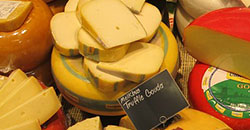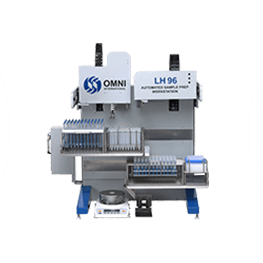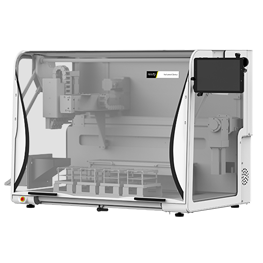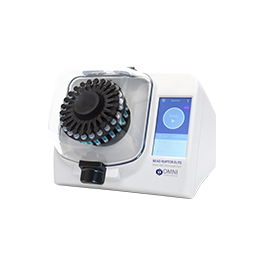While pathogen testing methods vary widely, there are several common approaches to preparing samples for a pathogen detection assay. The goal in all cases is to liberate the pathogen from the food matrix for either downstream detection or culture.
Sample homogenization with a rotor-stator device has been demonstrated effective for disrupting food products while maintaining pathogens intact for cell culture. Alternatively, an additional lysis step can be performed to liberate pathogen nucleic acids for RT-PCR or 8PCR detection.
Food production is a truly global industry. The modern grocery store contains food products grown, packaged and tested in nearly every country. With such a vast production network, consumers are becoming increasingly concerned with the safety of their food.
Food borne pathogens are bacteria, viruses or parasites that when present on food in sufficient quantities can cause disease, if ingested. Common foodborne pathogens include Escherichia coli, Salmonella and Campylobacter jejuni.
In an effort to ensure the public is protected from foodborne pathogens, global food safety organizations such as the USDA requires that food products are tested for the presence of pathogens.
The Omni International LH 96 and Prep 96 are automated rotor-stator homogenizers that are ideal solutions for high throughput labs requiring food sample disruption and pathogen extraction. Both platforms utilize Omni Tip disposable generator probes to process up to 96 samples autonomously in volumes up to 100 mL.








